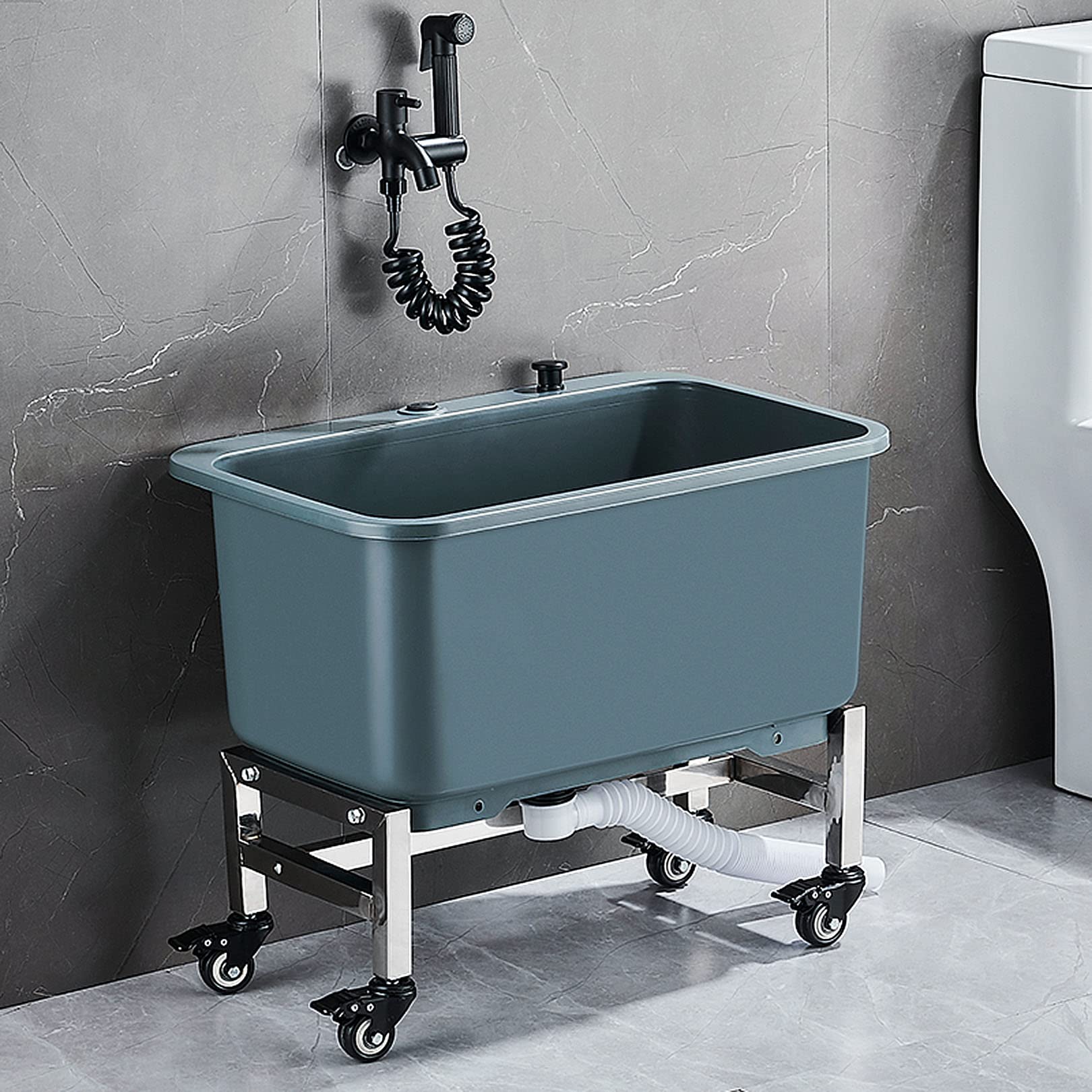

Articles
What Is Mop Sink
Modified: January 9, 2024
Learn what a mop sink is and how it is used in commercial settings. Read our informative articles on mop sinks and their functionality.
(Many of the links in this article redirect to a specific reviewed product. Your purchase of these products through affiliate links helps to generate commission for Storables.com, at no extra cost. Learn more)
Introduction
A mop sink, also known as a utility sink or service sink, is a specialized sink designed for commercial and industrial settings. It is specifically designed to facilitate easy cleaning and maintenance tasks, particularly for mops and other cleaning equipment. Mop sinks are an essential component of any facility that requires regular cleaning, such as restaurants, schools, hospitals, and janitorial services.
In this article, we will delve into the world of mop sinks and uncover their purpose, features, types, benefits, proper maintenance, and common uses. By the end, you will have a thorough understanding of mop sinks and their importance in maintaining cleanliness and hygiene in various environments.
Key Takeaways:
- Mop sinks are essential for efficient cleaning, waste disposal, and preventing contamination in commercial and industrial settings. They contribute to a cleaner, safer, and more organized work environment.
- Proper maintenance and cleaning of mop sinks are crucial for their longevity and hygiene. Regular upkeep prevents the spread of germs, ensures compliance with regulations, and promotes a safe and efficient workspace.
Read more: How To Install Mop Sink
Definition of a Mop Sink
A mop sink is a specialized type of sink that is specifically designed for the purpose of cleaning and maintenance tasks. It is commonly found in commercial and industrial settings, particularly in areas where mops, buckets, and other cleaning equipment are used frequently.
Mop sinks have several distinguishing features that set them apart from regular sinks. Firstly, they are larger and deeper than standard sinks, allowing for easy disposal of dirty water and larger cleaning tools. They also have a high backsplash or wall guard to prevent splashes and spills from reaching the surrounding area.
Additionally, mop sinks are usually made from durable materials such as stainless steel or molded plastic, which can withstand the rigors of heavy-duty cleaning. They often come with a strainer or grated drain to prevent debris and solid particles from clogging the plumbing system.
Overall, the main purpose of a mop sink is to provide a dedicated space for cleaning equipment, ensuring efficient and hygienic cleaning practices. It serves as a central hub for disposing of dirty water, rinsing mops and other tools, and maintaining a clean and organized work environment.
Purpose of a Mop Sink
The purpose of a mop sink is to provide a dedicated area for cleaning and maintaining a facility. It serves several important functions that contribute to the overall cleanliness and hygiene of the environment. Here are some of the key purposes of a mop sink:
- Efficient Cleaning: Mop sinks are designed to streamline the cleaning process by providing a convenient location to dump dirty water and rinse mops and other cleaning tools. This helps maintain cleanliness and prevents cross-contamination.
- Safe Disposal of Waste: Mop sinks allow for the proper disposal of waste materials, including soiled water, chemicals, and debris. This prevents the accumulation of waste in the regular plumbing system, reducing the risk of blockages and plumbing issues.
- Preventing Contamination: By providing a designated area for cleaning, mop sinks help prevent the spread of contaminants throughout a facility. This is especially crucial in areas where sanitation is a top priority, such as food preparation areas and healthcare settings.
- Protecting Floors and Surfaces: Mop sinks are equipped with high backsplashes or wall guards to prevent splashes and spills from reaching the surrounding floors and surfaces. This helps maintain the integrity of the facility’s infrastructure and prevents damage caused by excess moisture.
- Promoting Hygiene and Safety: Mop sinks contribute to the overall hygiene and safety of a facility by facilitating proper cleaning practices. They encourage regular maintenance, ensuring that cleaning equipment is kept clean and in good condition, reducing the risk of bacterial growth and accidents.
In summary, the purpose of a mop sink is to provide a dedicated space for efficient cleaning, safe waste disposal, and maintaining hygiene in a facility. It plays a crucial role in ensuring that cleaning practices are carried out effectively, contributing to a clean, organized, and safe environment for both employees and visitors.
Features and Specifications of a Mop Sink
Mop sinks come in various sizes and configurations, but they all share common features and specifications that make them suitable for their intended purpose. Here are some important features and specifications you should consider when selecting a mop sink:
- Size and Capacity: Mop sinks are typically larger and deeper than regular sinks to accommodate the cleaning equipment and provide ample space for water disposal. The size and capacity can vary, but they are usually designed to handle the requirements of commercial or industrial cleaning tasks.
- Material: Mop sinks are commonly made from durable materials such as stainless steel or molded plastic. Stainless steel sinks are preferred for their durability and resistance to corrosion, while plastic sinks are lightweight and easy to install.
- Drainage System: The drainage system of a mop sink is designed to handle the rapid and efficient disposal of water and waste. It typically includes a grated or strainer drain to prevent debris and solid particles from clogging the plumbing system.
- Backsplash or Wall Guard: Mop sinks often feature a high backsplash or wall guard to prevent splashes and spills from reaching the surrounding area. This helps protect walls, floors, and adjacent fixtures from water damage and contamination.
- Faucet and Spray Nozzle: Some mop sinks come with built-in faucets and spray nozzles, allowing for easy access to water for rinsing and cleaning purposes. These fixtures provide added convenience and versatility during the cleaning process.
- Accessibility: Mop sinks should be installed at a convenient and accessible location to facilitate easy cleaning and maintenance. They should be easily reachable and positioned in a way that ensures ergonomic usage for cleaning staff.
- Installation: Mop sinks can be freestanding or wall-mounted, depending on the available space and specific requirements. The installation process may involve connecting the sink to the plumbing system, ensuring proper drainage, and securing it securely to the wall or floor.
These features and specifications collectively contribute to the functionality and efficiency of a mop sink, ensuring that it can handle the demands of commercial and industrial cleaning. By considering these factors, you can choose a mop sink that best suits your needs and enhances the cleanliness and maintenance practices in your facility.
Types of Mop Sinks
Mop sinks come in various types and configurations to cater to different needs and preferences. Understanding the different types can help you choose the right mop sink for your facility. Here are some common types of mop sinks:
- Freestanding Mop Sinks: Freestanding mop sinks are standalone units that can be placed anywhere in the facility. They are versatile and easy to install, making them a popular choice in areas where mobility is a priority.
- Wall-Mounted Mop Sinks: Wall-mounted mop sinks are fixed to the wall, saving floor space and providing stability. They are ideal for smaller areas where space optimization is important. These sinks are commonly found in janitorial closets or utility rooms.
- Drop-In Mop Sinks: Drop-in mop sinks are designed to be installed directly into a countertop or cabinet. They are convenient for areas where space is limited or where a seamless integration into the existing workspace is desired.
- Utility Mop Sinks: Utility mop sinks are versatile and multi-functional. Apart from serving as a designated area for cleaning, they may also come with additional features such as storage compartments, utility hooks, or built-in cabinets for storing cleaning supplies and equipment.
- Specialty Mop Sinks: Specialty mop sinks are customized to meet specific requirements. For example, some mop sinks are designed with sloping bottoms to facilitate easy draining, while others may have foot pedal operation for hands-free use.
- ADA-Compliant Mop Sinks: ADA (Americans with Disabilities Act) compliant mop sinks are designed to meet accessibility guidelines and accommodate individuals with disabilities. These sinks feature lower heights, lever-operated faucets, and adequate space for wheelchair users.
Each type of mop sink offers its own advantages and is suitable for specific environments and applications. When choosing a mop sink, consider factors such as space availability, functionality, and compliance requirements to ensure that you select the most appropriate type for your facility’s needs.
A mop sink, also known as a utility sink, is a large, deep sink used for filling and emptying mop buckets and other cleaning tools. It is typically found in janitorial closets or commercial spaces and is designed to handle the heavy-duty cleaning needs of mops and other equipment.
Read also: 15 Amazing Mop Sink Faucet for 2024
Benefits of Using a Mop Sink
Mop sinks offer numerous benefits for commercial and industrial facilities. They provide a dedicated area for cleaning and maintenance tasks, contributing to the overall cleanliness and efficiency of the environment. Here are some of the key benefits of using a mop sink:
- Efficient Cleaning: Mop sinks streamline the cleaning process by providing a convenient location to dispose of dirty water, rinse mops, and clean other equipment. This allows for more efficient and effective cleaning practices.
- Prevents Cross-Contamination: By providing a dedicated space for cleaning, mop sinks help prevent the spread of germs and contaminants from one area to another. This is especially important in settings where hygiene and sanitation are paramount, such as restaurants and healthcare facilities.
- Proper Waste Disposal: Mop sinks facilitate proper waste disposal by providing a designated area to dump dirty water, chemicals, and debris. This helps prevent clogs in the regular plumbing system and promotes a cleaner and safer environment.
- Promotes Safety and Hygiene: Mop sinks contribute to the overall safety and hygiene of a facility by encouraging regular cleaning and maintenance. They provide a central location for cleaning equipment, ensuring that mops and other tools are kept clean, reducing the risk of bacterial growth and accidents.
- Protects Infrastructure: Mop sinks with high backsplashes or wall guards help protect walls, floors, and adjoining fixtures from water damage and contamination. This prolongs the lifespan of the facility’s infrastructure and reduces the need for costly repairs and replacements.
- Facilitates Organization: Mop sinks contribute to a more organized workspace by providing a dedicated area for cleaning equipment. This helps keep cleaning supplies and tools in one place, reducing clutter and improving efficiency.
- Compliance with Regulations: In certain industries, such as food service or healthcare, mop sinks are often required to comply with regulations and standards for sanitation and hygiene. Using a mop sink ensures that you meet these requirements and maintain a safe and compliant environment.
Overall, mop sinks offer numerous benefits that go beyond just convenience. They play a crucial role in maintaining cleanliness, preventing cross-contamination, and ensuring the safety and hygiene of a facility. By investing in a mop sink, you can enhance your cleaning practices and create a cleaner and more efficient workspace.
Proper Maintenance and Cleaning of a Mop Sink
Proper maintenance and cleaning of a mop sink are essential to ensure its longevity, functionality, and hygiene. Regular upkeep not only keeps the sink in optimal condition but also helps prevent the spread of germs and contaminants. Here are some guidelines for the proper maintenance and cleaning of a mop sink:
- Regular Cleaning: Clean the mop sink regularly to prevent the buildup of dirt, grime, and bacteria. Use a non-abrasive cleaning solution and a soft cloth or sponge to wipe down the surfaces of the sink, including the basin, walls, and backsplash.
- Clear Clogs and Debris: Regularly check the drain to ensure it is free from clogs and debris. Remove any solid particles or buildup that may obstruct proper drainage. Additionally, clean the drain cover or grate to prevent blockages.
- Disinfection: Disinfect the mop sink periodically to kill bacteria and prevent the spread of germs. Use a disinfectant cleaner or a solution of bleach diluted in water. Allow the disinfectant to sit for a few minutes before rinsing thoroughly.
- Preventative Maintenance: Check the sink for any signs of damage, such as cracks, leaks, or loose connections. Repair or replace any faulty parts promptly to prevent further issues. Also, ensure that all faucets, knobs, and handles are functioning properly.
- Prevent Stains and Odors: Avoid leaving standing water in the sink for extended periods as it can cause stains and unpleasant odors. After each use, thoroughly rinse the sink and ensure it is completely dry to prevent the growth of mold and mildew.
- Proper Chemical Usage: Be cautious when using chemicals in the mop sink as certain substances can cause damage or discoloration. Only use cleaning agents that are recommended for the material of your sink. Avoid using abrasive cleaners or bleach on stainless steel sinks as they can cause scratches or corrosion.
- Regular Inspections: Periodically inspect the seals and gaskets around the sink to ensure they are intact and free from leaks. Check the plumbing connections and make sure there are no signs of leakage or water damage.
By following these maintenance and cleaning practices, you can ensure that your mop sink remains in optimal condition, promotes cleanliness, and helps maintain a hygienic environment. Regular care and attention will prolong the life of the sink and contribute to the overall efficiency of your cleaning procedures.
Common Uses of Mop Sinks
Mop sinks serve a variety of purposes in commercial and industrial settings. They are an essential component of maintaining cleanliness and hygiene in various environments. Here are some common uses of mop sinks:
- Food Service Industry: Mop sinks are extensively used in restaurants, cafeterias, and commercial kitchens to facilitate the cleaning of floors, kitchen utensils, and other equipment. They are crucial for maintaining cleanliness and meeting sanitation regulations.
- Janitorial Services: Mop sinks are vital for janitorial services in office buildings, schools, hospitals, and other large facilities. They provide a dedicated area for cleaning equipment, allowing janitors to efficiently clean and maintain the premises.
- Healthcare Facilities: Mop sinks are essential in healthcare settings such as hospitals, clinics, and nursing homes. They are used for the proper disposal of contaminated cleaning solutions, preventing the spread of infection and maintaining a hygienic environment.
- Industrial Settings: Mop sinks find utility in industrial environments where heavy-duty cleaning is required. They are used to clean large machinery, tools, and surfaces, ensuring a safe and clean working environment.
- Commercial Laundries: Mop sinks are used in commercial laundries to clean and rinse mops, towels, and other linens. They provide an efficient way to handle the large volume of dirty laundry generated by businesses such as hotels, gyms, and spas.
- Schools and Educational Facilities: Mop sinks are essential in schools and educational institutions where a high level of cleanliness is required. They are used by custodial staff to clean classrooms, hallways, and other areas to maintain a healthy and sanitary environment.
- Retail and Grocery Stores: Mop sinks are commonly found in retail and grocery stores, where spillages and cleanliness are paramount. They are used for cleaning spills, mopping floors, and maintaining a clean shopping environment for customers.
- Automotive and Repair Shops: Mop sinks are used in automotive and repair shops to clean tools, parts, and workspaces. They enable easy disposal of oil, grease, and other automotive fluids, ensuring a clean and organized work environment.
These are just a few examples of the common uses of mop sinks. In any setting where cleaning, hygiene, and maintenance are necessary, mop sinks play a vital role in promoting cleanliness, efficiency, and a safe working environment.
Conclusion
Mop sinks play a crucial role in commercial and industrial settings, providing a dedicated space for efficient cleaning and maintenance tasks. They are designed to streamline the cleaning process, promote proper waste disposal, and contribute to the overall cleanliness and hygiene of a facility.
From restaurants and hospitals to janitorial services and educational institutions, mop sinks find utility in a variety of environments. Their larger size, durable materials, and specialized features make them well-suited for heavy-duty cleaning and the disposal of dirty water and debris.
Proper maintenance and cleaning of mop sinks are essential to ensure their longevity, functionality, and hygiene. Regular cleaning, disinfection, and inspections help prevent the spread of germs and contaminants while keeping the sink in optimal condition.
Mop sinks offer numerous benefits, including efficient cleaning practices, prevention of cross-contamination, proper waste disposal, and improved safety and hygiene. Additionally, they help protect the facility’s infrastructure, promote organization, and ensure compliance with regulations in specific industries.
In conclusion, mop sinks are indispensable tools for maintaining cleanliness, hygiene, and efficiency in commercial and industrial environments. By investing in a high-quality mop sink and following proper maintenance practices, you can create a clean, safe, and productive workspace for employees and visitors alike.
Frequently Asked Questions about What Is Mop Sink
Was this page helpful?
At Storables.com, we guarantee accurate and reliable information. Our content, validated by Expert Board Contributors, is crafted following stringent Editorial Policies. We're committed to providing you with well-researched, expert-backed insights for all your informational needs.
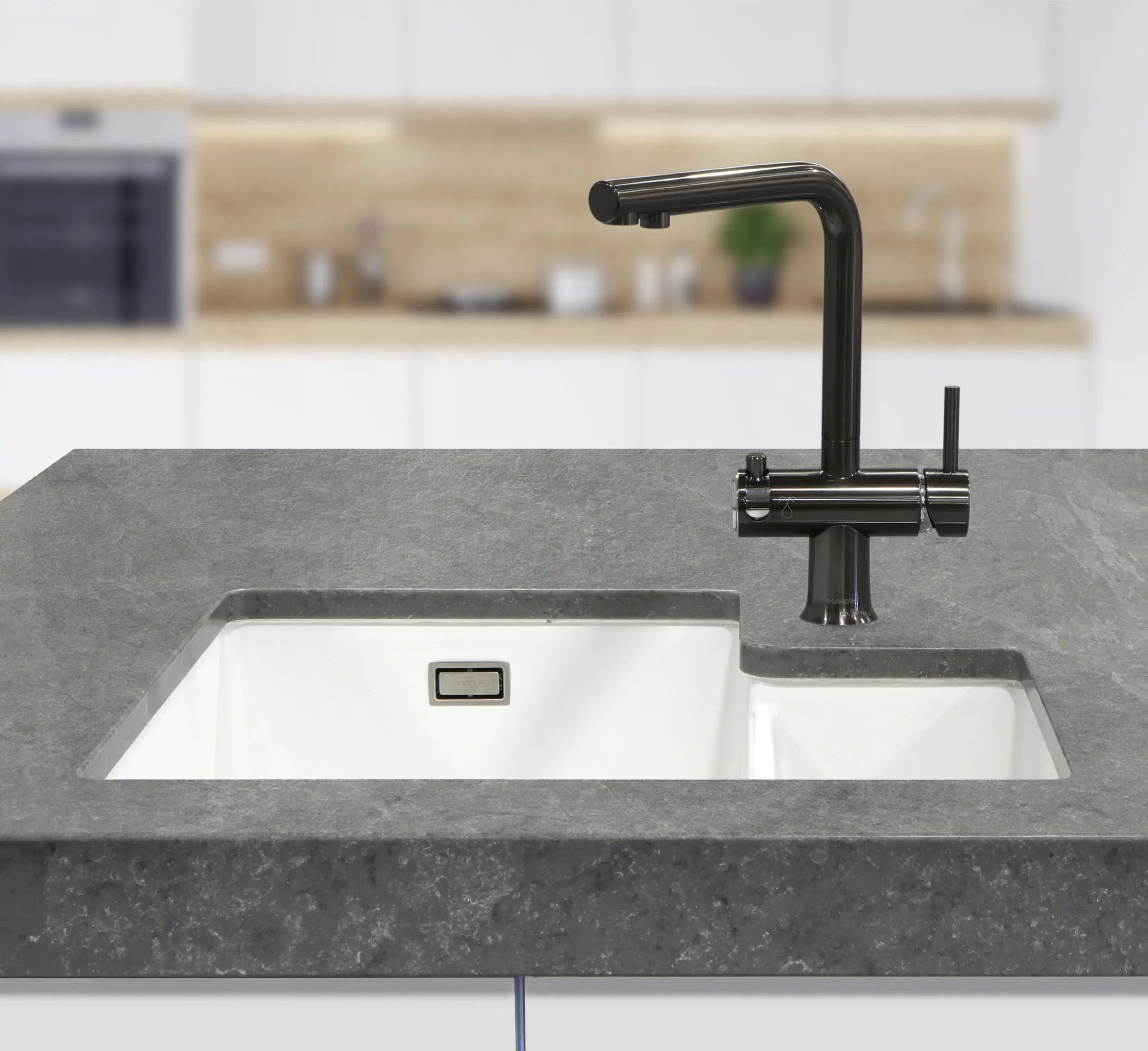

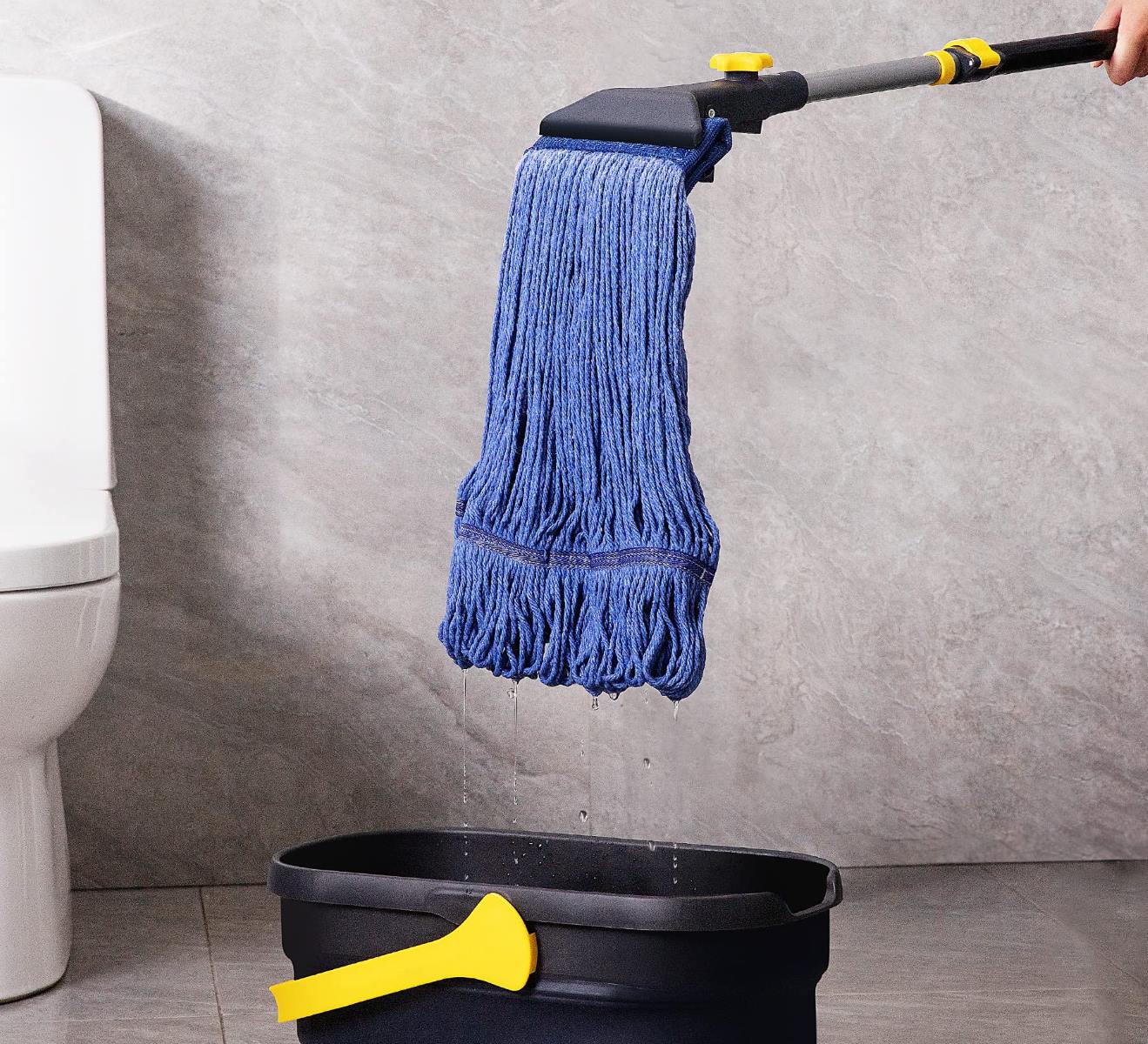
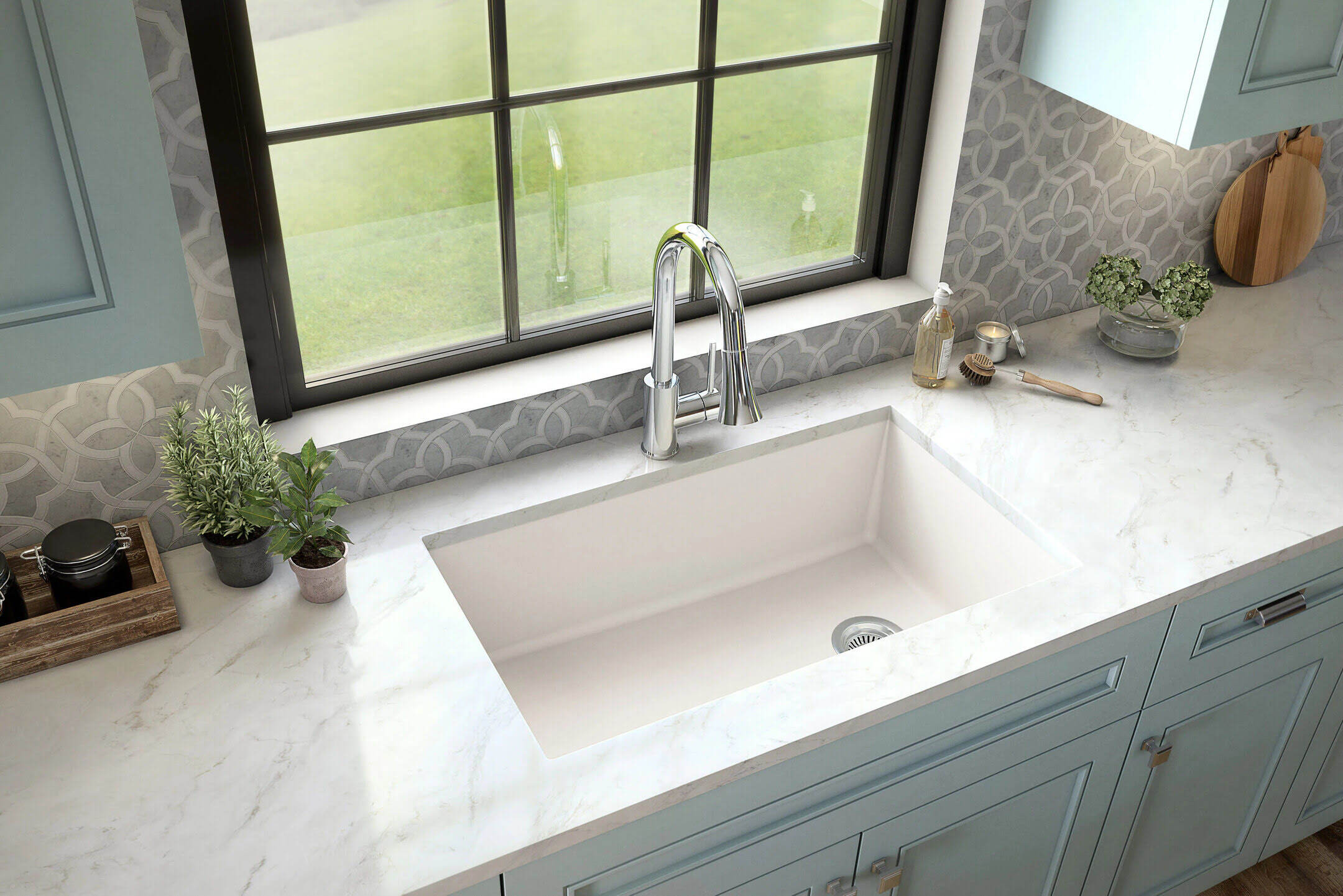
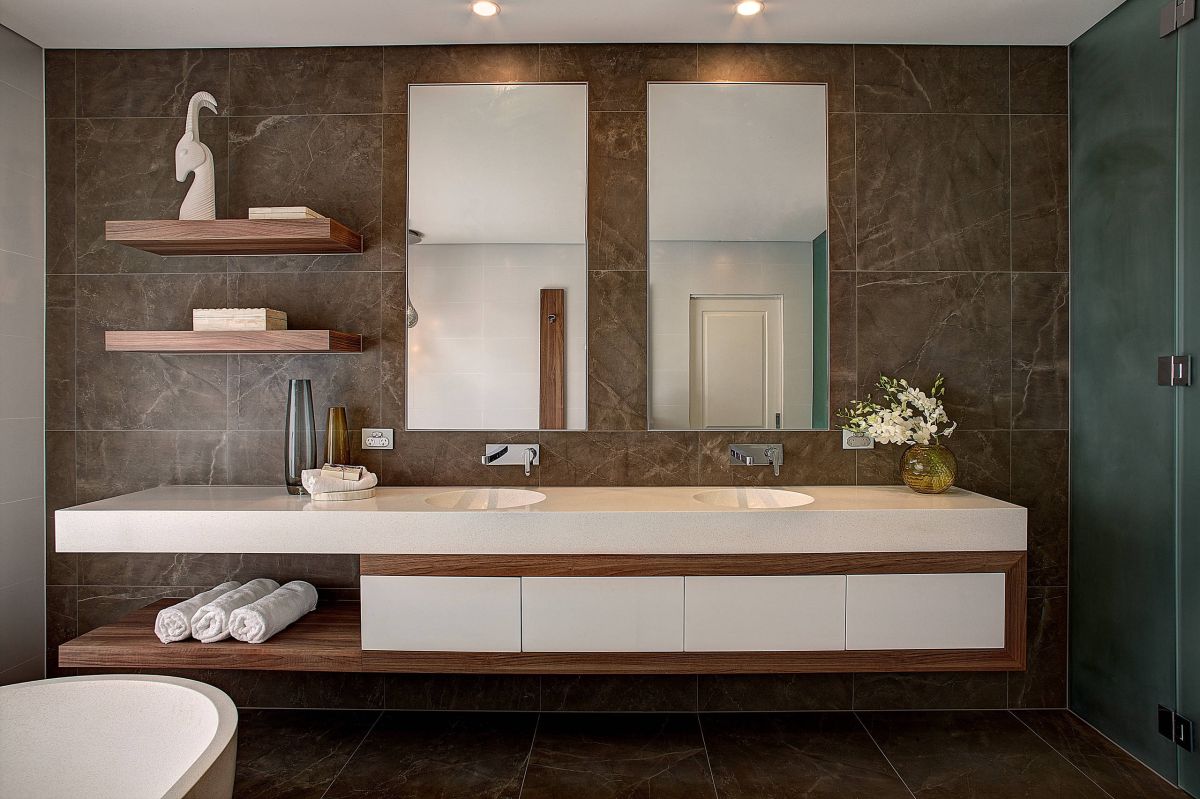
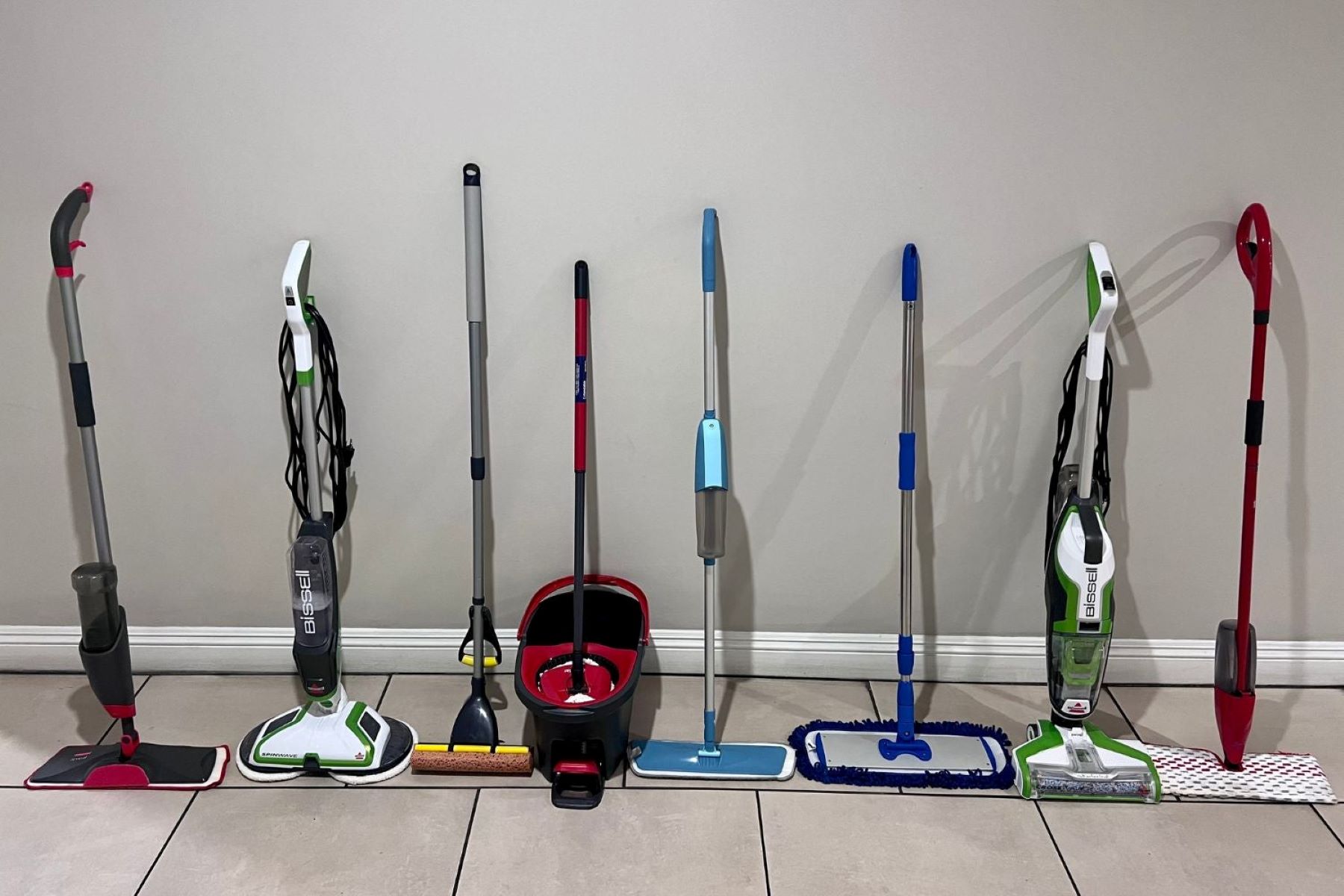

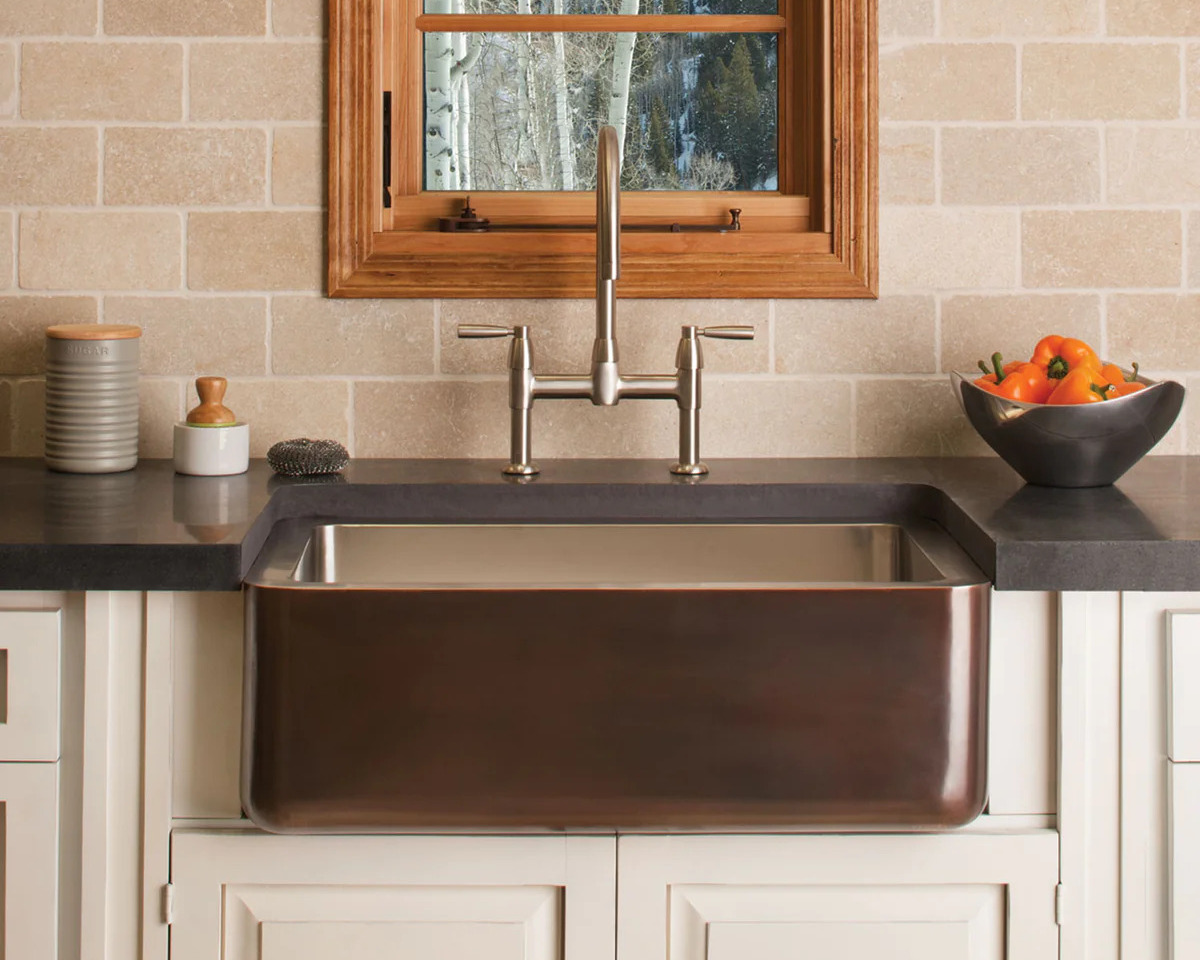
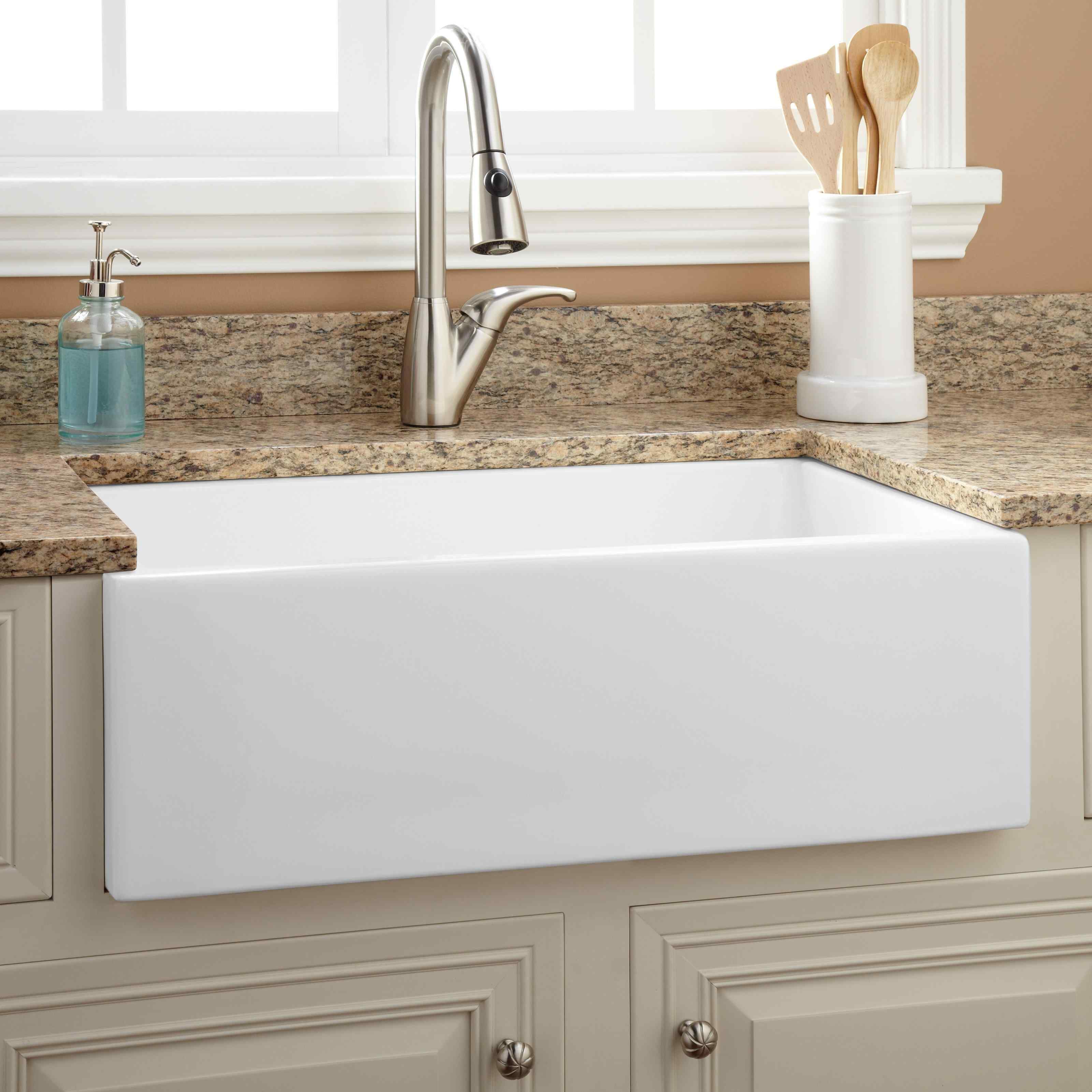
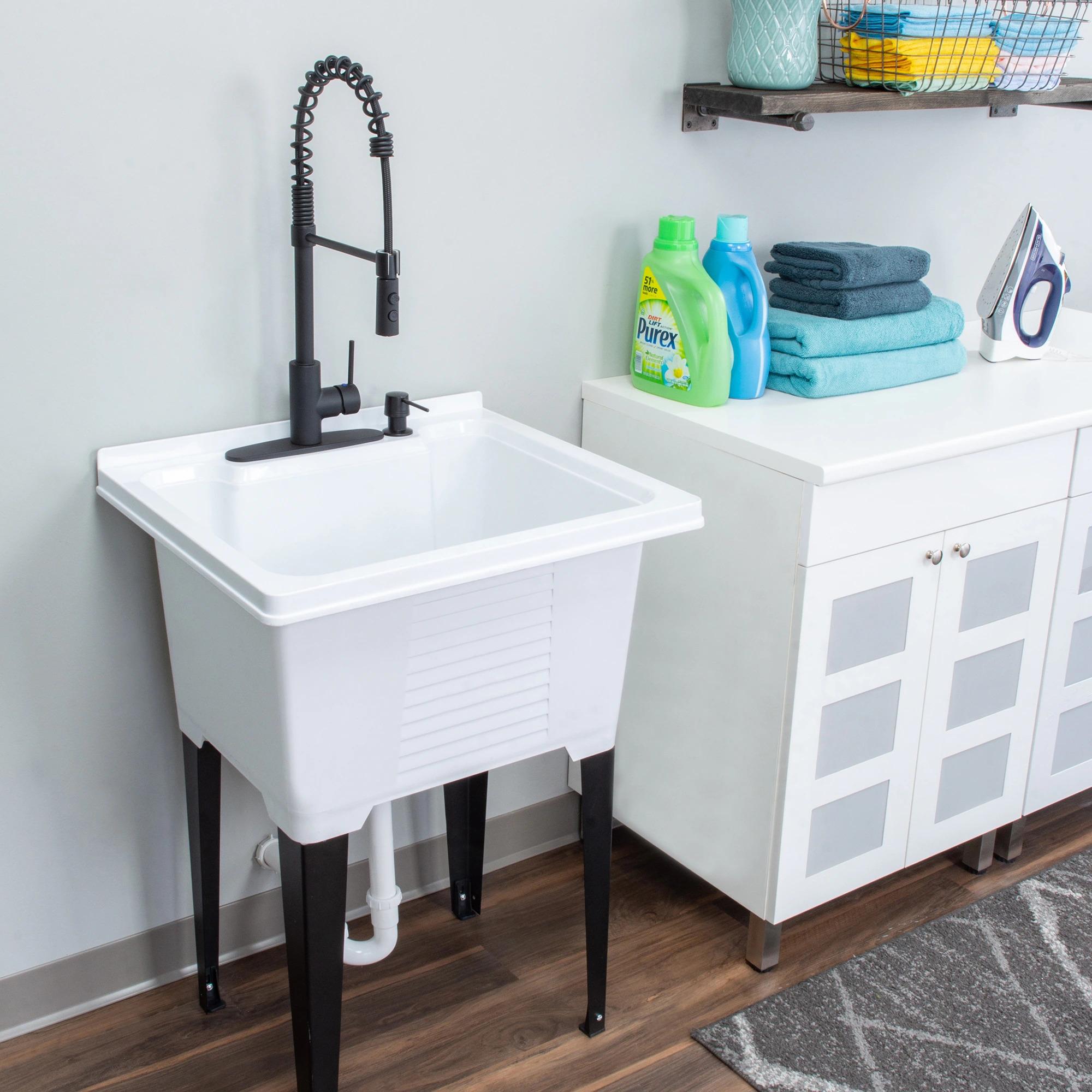
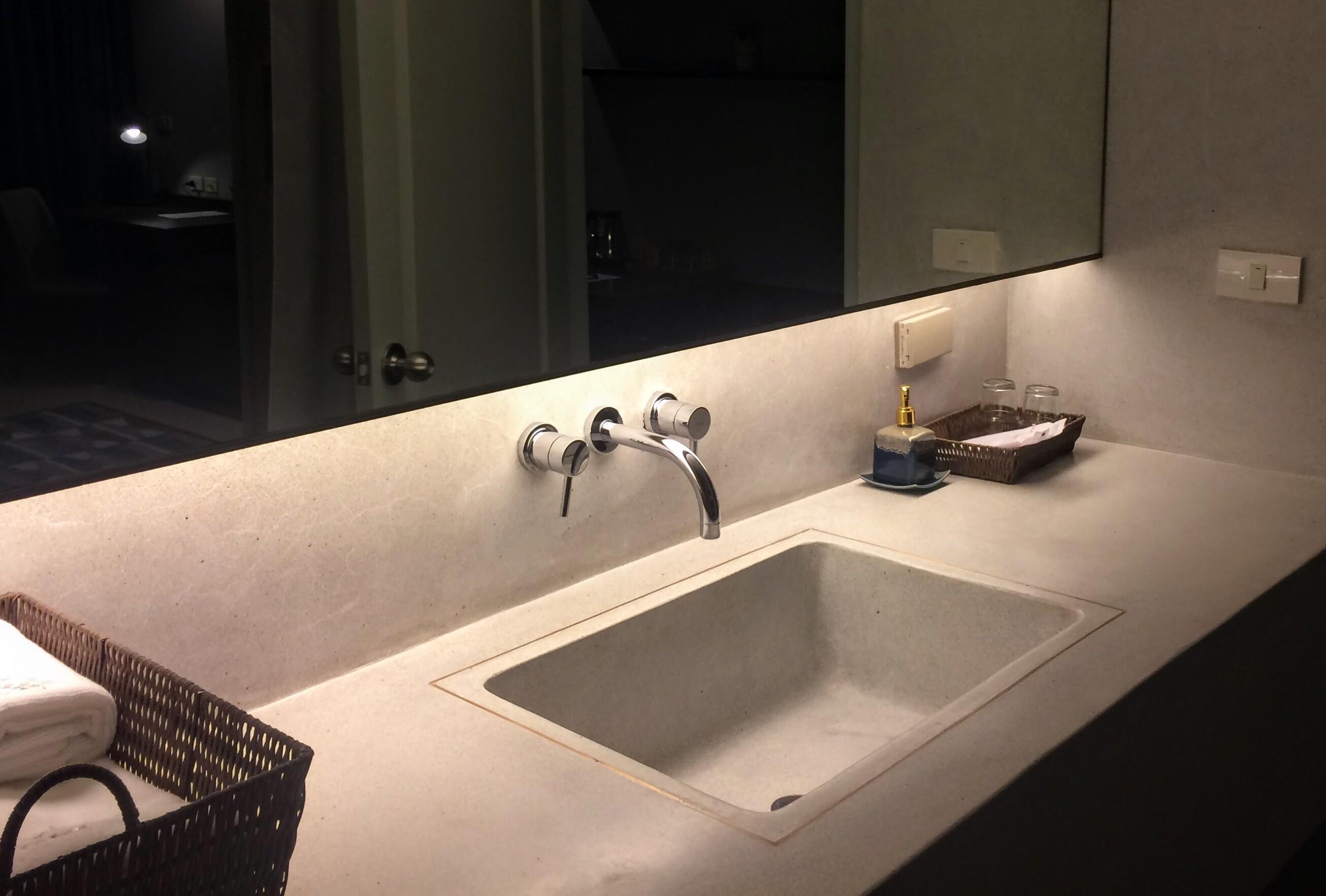
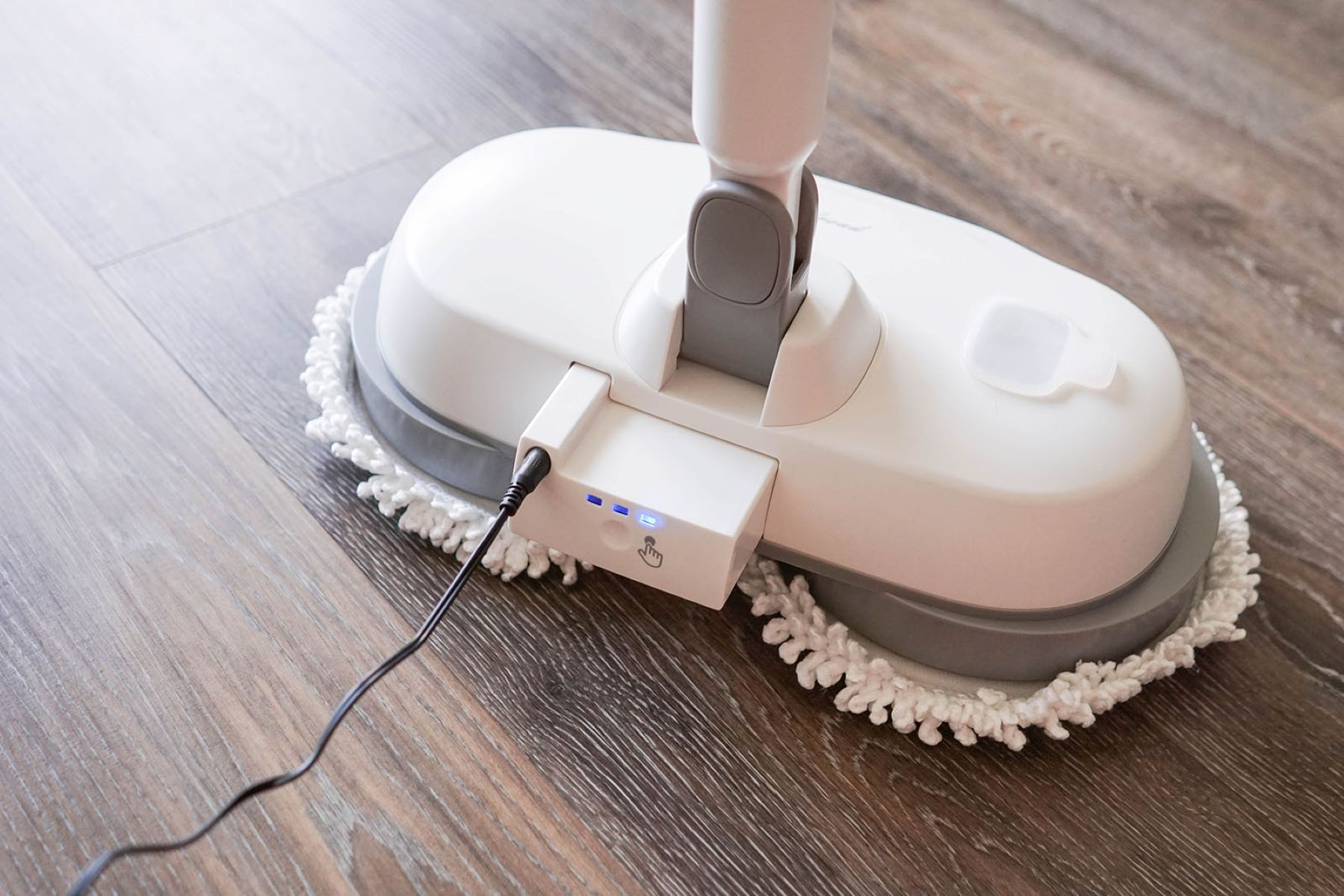
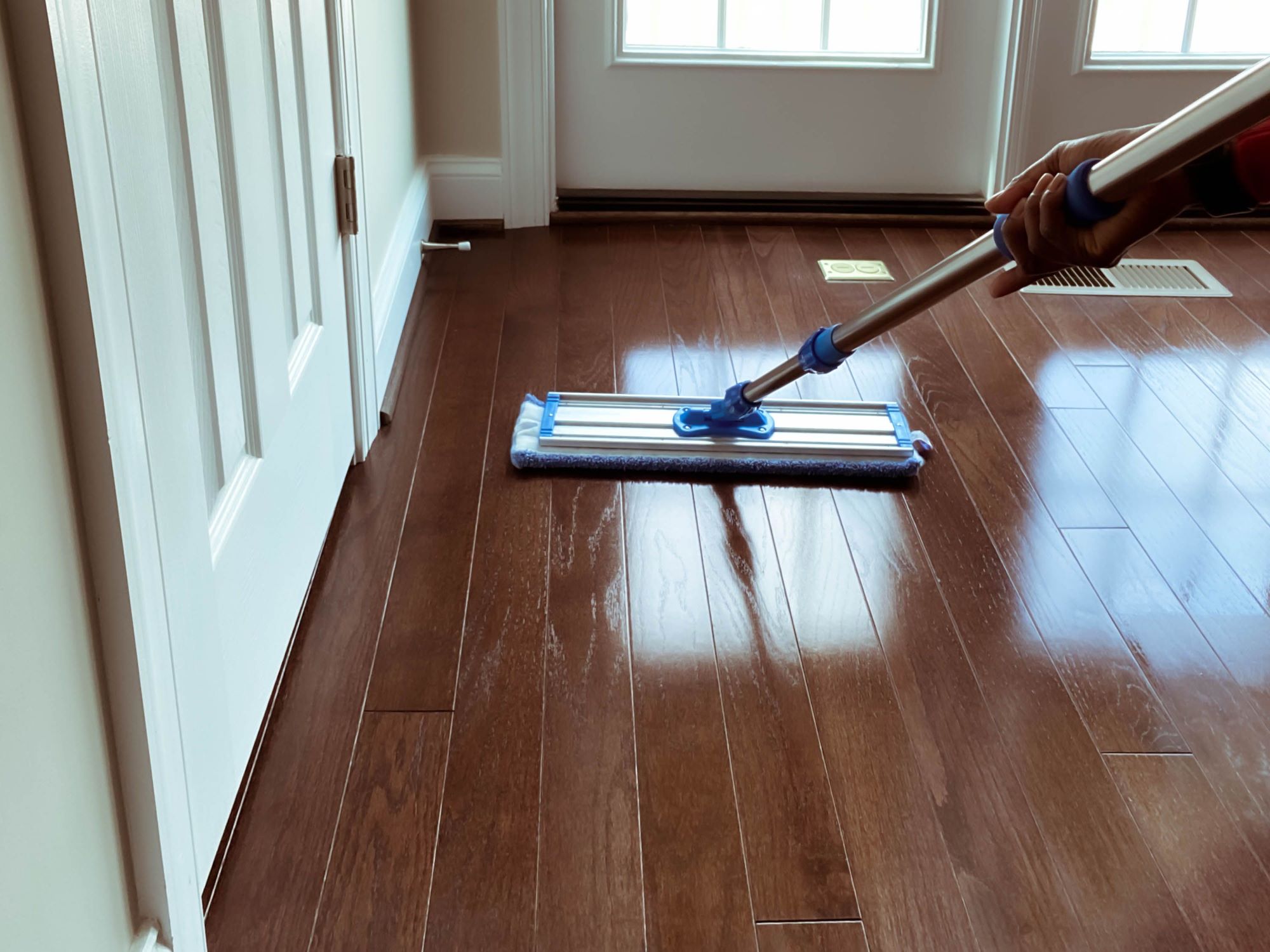
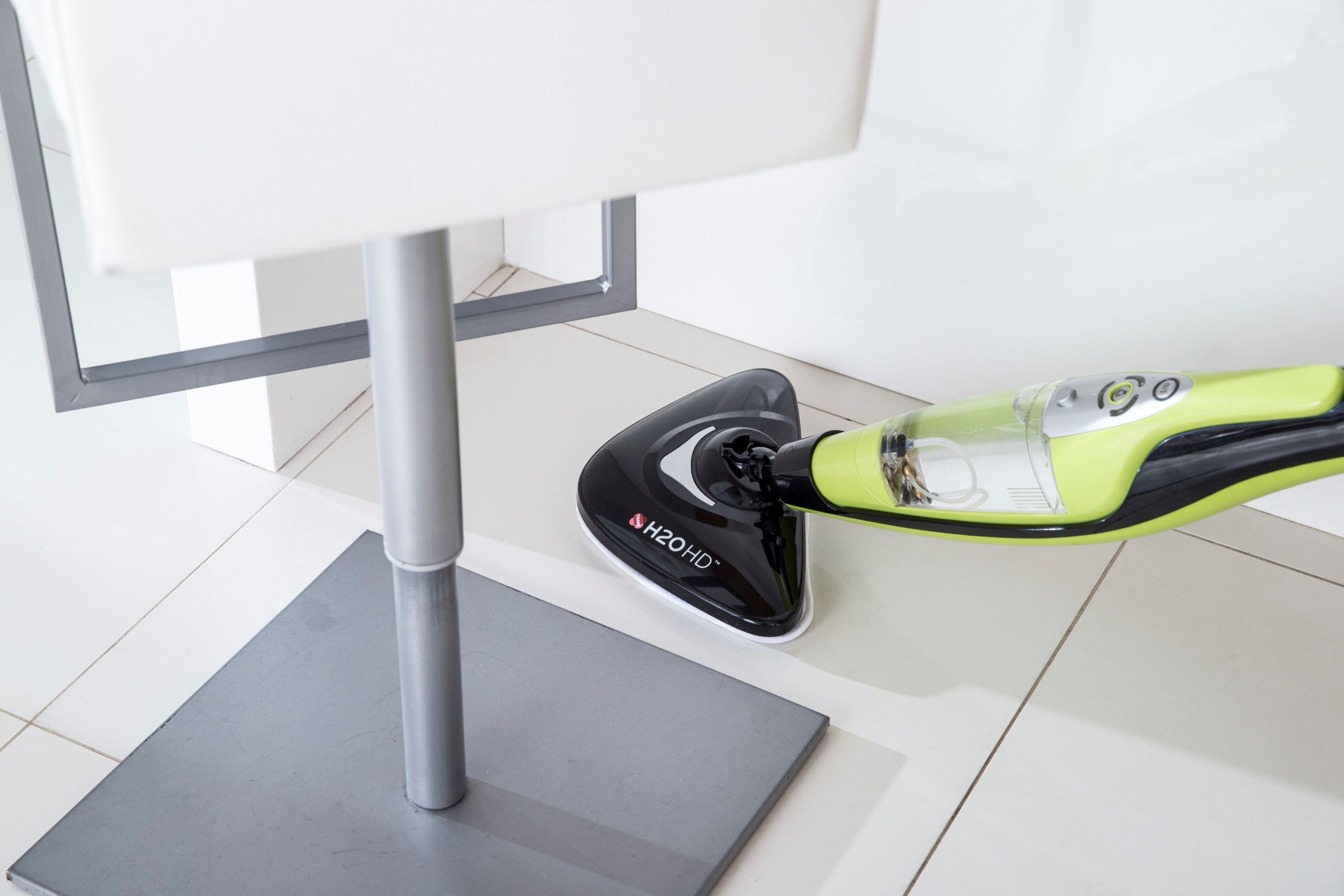

0 thoughts on “What Is Mop Sink”